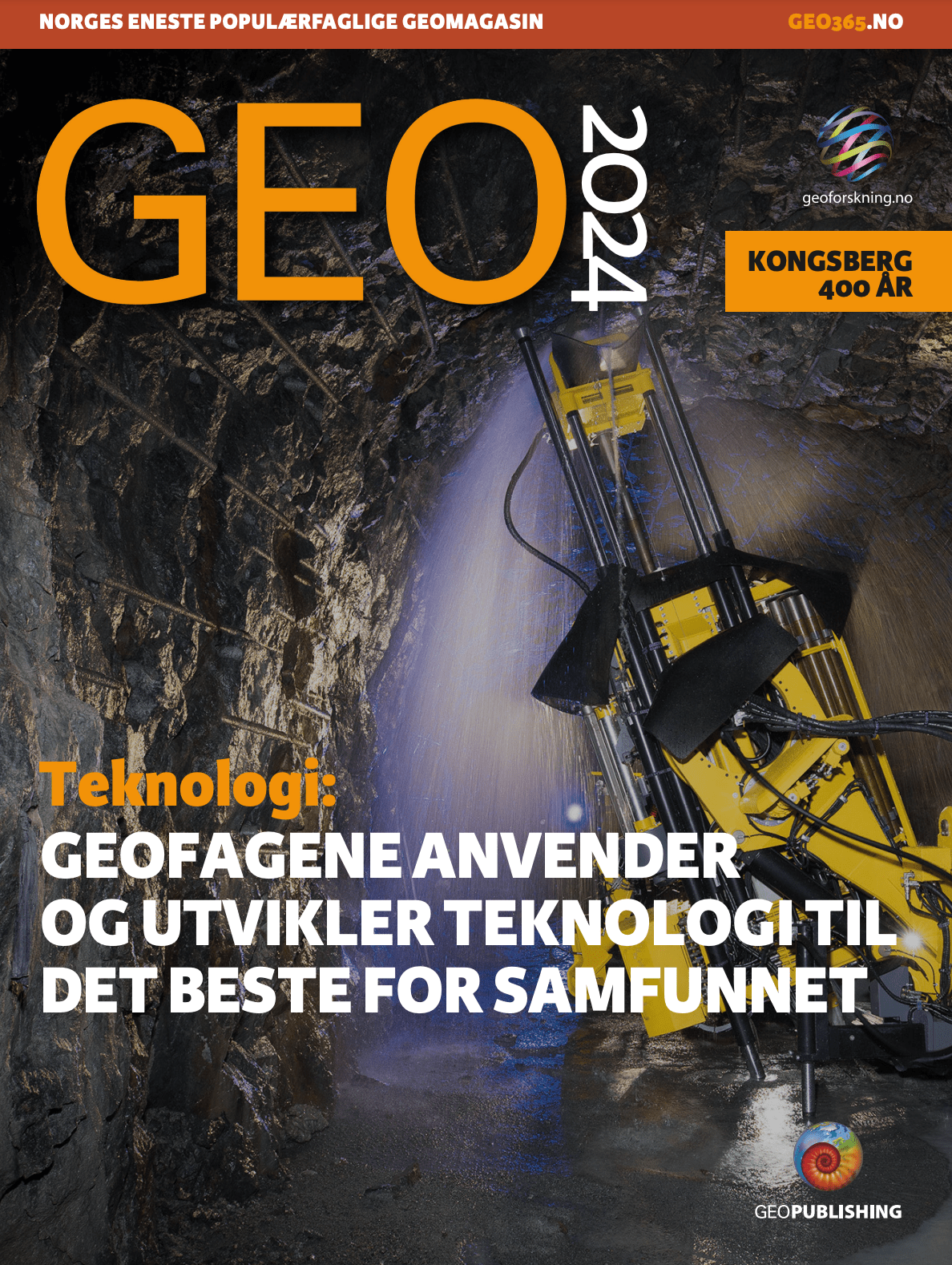A group of researchers have developed a model and performed experiments to gather vital knowledge on how deep sea mining is generating sediment-laden currents and how they propagate.
A visualization of a mining collector on the seafloor. As the collector is moving, a density current forms behind the vehicle. Illustrasjon: MIT Mechanical Engineering (YouTube)
Researchers at MIT and the University of California have developed a model and conducted laboratory experiments that predict how a high-density sediment plume would propagate along the seafloor after being released from a moving source.
This scenario is applicable for future deep sea mining operations.
A gravity current, or density current, occur when a dense fluid (such as a sediment-laden water mass) propagates mostly horizontally in a relatively lighter fluid (such as ocean water) under the effect of gravity.
Most geologists are familiar with turbidity currents, a type of gravity current, which is a major contributor for transporting sediments from continental shelves and into the deeper parts of the ocean.
The researchers have earlier studied the effect of seabed activities such as deep sea mining in terms of sediment plumes. While density current are mainly horizontal features, plumes are spreading mainly vertical in the water realm.
Expronews.com: Study de-mystifies sediment plumes
The results of the study are highly technical in nature. In short, the researchers found that the propagation of the gravity current flow can be described as a function of the source speed to buoyancy velocity and above a certain value of this ratio, the flow enter a supercritical regime in which the source moves more rapidly than the generated current, resulting in a “statistically steady state”.
The findings were applied to a laboratory experiment that involved a small machine representing a deep sea mining collector discharging dense dyed fluid in its wake.
A short video of the experiment can be found here
The research results can be used by biologists and environmental regulators to gage whether and to what extent gravity currents would impact surrounding sea life, just as the previous study of plumes.
The reason for conducting such studies is the potential value of potato-sized nodules layered with minerals accumulated over millions of years. In the deep oceans, and in particular in the Clarion Clipperton Fracture Zone (CCFZ), these polymetallic nodules are estimated to contain vast resources of nickel, cobalt, copper and manganese, as well as titanium, molybdenum, zirconium and rare earth elements (REE).
The research article is published in the Journal of Fluid Mechanics (paywalled).
From TED Talk to Bergen
Last year, co-author of the article Tom Peacock (MIT), held a TED talk with the topic of mining the deep sea. Watch his presentation here
In October 20 and 21, Peacock will give a talk on the impact of sediment plumes at the conference NCS Exploration – Deep Sea Minerals in Bergen, Norway.



